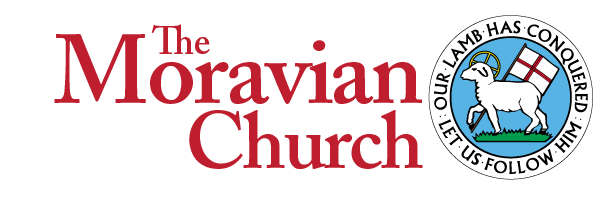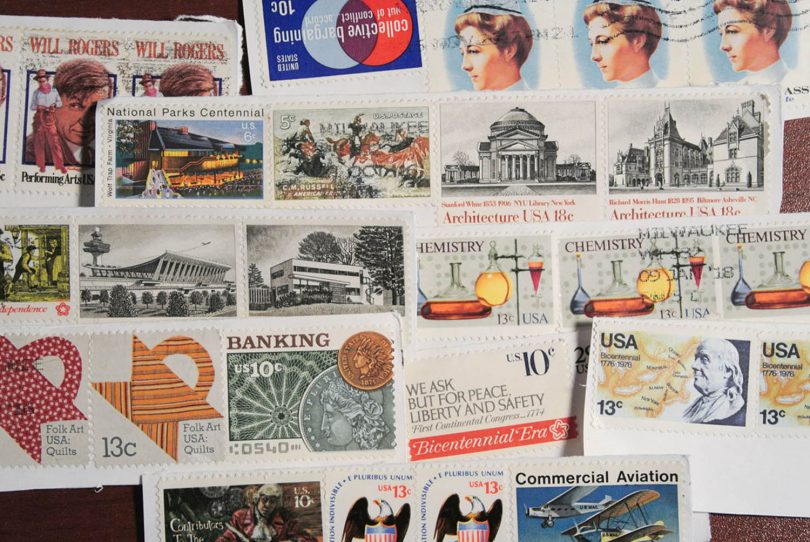One of my daily tasks here at the Interprovincial Board of Communication offices is to receive correspondence and payments for books, bulletins and other services. We save the stamps for a charity project and recycle the envelopes.
Usually, I don’t take much notice of the stamps themselves. Most are the standard “Forever” stamps—you know, basic flags, flowers and the occasional specialty stamp. But one day about a year ago, I noticed something different about the stamps from a congregation in Wisconsin – they were more than 40 years old!
The envelope had two stamps celebrating the Bicentennial, one featuring “the Rise of the Spirit of Independence” and another with a quote from the First Continental Congress in 1774: “We ask but for peace, liberty and safety,” along with a flower stamp from the early 1990s.
I thought it was an interesting one-off, but the next letter I received from Glenwood featured more old stamps, most in denominations of 10 or 13 cents (after a little digging, I found that a letter cost 10 cents to mail in 1974 and 1975, rising to 13 cents in 1976.). These little artworks honored the American Bicentennial, commercial aviation, folk art, famous Americans, architecture, banking, Johnny Appleseed, the National Parks, even collective bargaining. I’ve kept each one since.
I’m still trying to figure out why seeing these old stamps struck me: maybe it’s because they’re unique, maybe because they speak to 10-year-old me, maybe I just appreciate the artistry that happens in a little over a square inch. Or maybe it’s the way those unique stamps have taken a humdrum task—opening correspondence—and made it a little more interesting. It’s also heartening to see something so old still being useful today. Yes, these stamps were printed when I was in second grade, yet still manage to move a letter from Wisconsin to Pennsylvania in a couple of days. A lot of what we do in our church today is similar—helping our long-standing faith move Christians today.
In this issue of The Moravian, we feature some of those new things happening, including the work of a team studying what’s next for Moravian hymns and liturgies. We also share the reflections of those who attended one of the largest gatherings of Moravians from around the globe, the medical work being done in Honduras, and a congregation that’s providing for the community in a unique way.
As I write this, I can look up and see the mail slots for our offices. There’s a stack of mail waiting for us to go through. And I’m hoping for a good stamp…







